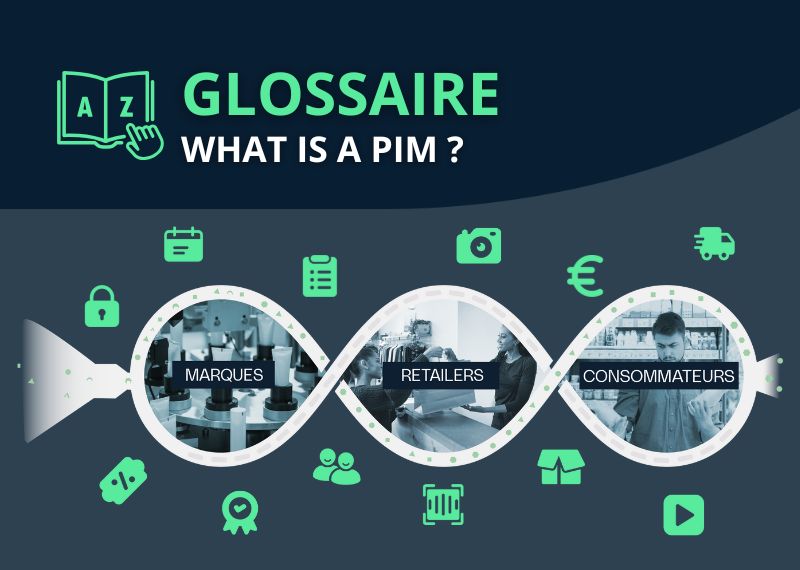Table of contents
Today, understanding the consumer is crucial. For retail players, one question arises: how can user data be collected responsibly and ethically? In this context, zero-party data stands out as a sustainable and strategic solution. But how should it be approached? Here’s the answer.
Zero party data: what is it?
Zero-party data refers to information that a consumer voluntarily and proactively chooses to share with a brand. The user provides details about their preferences, needs, purchase intentions, or expectations regarding a product or service. These are declarative data collected through direct interactions such as quizzes, surveys, or forms.
There are other types of data:
- First-party data: collected from customer activity (purchase history, browsing, interactions);
- Second-party data: exchanged between partners (brands and retailers);
- Third-party data: collected for advertising purposes, usually by third parties (cookies, media buying platforms).
Zero-party data stands out because it reflects a relationship of trust between a brand and a consumer. In addition to enabling better customer understanding through direct contact, it opens the door to more accurate personalization, delivering the right message and the right product at the right time.
What does this mean for retail players?
The product page is a true engagement lever. With zero-party data, brands and retailers can tailor their content to consumer expectations, highlighting what truly matters to them.
The same product can be perceived differently depending on individual sensitivities:
- One consumer will focus on the natural composition of a cosmetic product,
- Another will prioritize its price,
- A third will look for a responsible and local brand.
Zero-party data stands out for its transparency and reliability. It is neither inferred nor purchased,it is declared. In concrete terms, it directly reflects what the customer wants to express.
Our tips for effectively collecting zero-party data
To unlock the full potential of zero-party data, the key lies in the quality of collection and the transparency of the relationship with the consumer. Here are some best practices to get started:
1. Build trust
It all starts with transparency. Clearly explain why you are collecting this data and how it will be used. The consumer must perceive the value of sharing. For example, displaying a message like “This information helps us better recommend our products to you” can strengthen trust and encourage sharing.
2. Offer an interactive and engaging experience
Zero-party data is collected through useful experiences: quizzes, configurators, detailed reviews, post-purchase surveys, or feedback spaces. These touchpoints capture rich information while strengthening the brand-customer bond. A quiz like “Which product suits your needs?” or a short post-purchase survey can gather precise data without being intrusive.
3. Provide an incentive
Consumers share their data when they see a benefit. Offer personalized recommendations, usage tips, exclusive perks, or high-value content. A buying guide, a personalized sample, or a discount voucher can make the exchange win-win and encourage participation.
4. Centralize and measure data value
Once collected, zero-party data should be used to continuously improve product content: descriptions, visuals, recommendations, and selling points. For example, declared customer preferences can inspire new product highlights or more precise recommendations on e-commerce platforms.
5. Activate and leverage the data
Data must then be centralized and structured. By using a PIM, for instance, you can consolidate all product and customer information in a single environment, ensuring consistency, reliability, and fast distribution across all channels. This approach creates a single source of truth, prevents data loss, and ensures every collected insight improves your strategies.
Zero-party data and PIM: the winning duo for effective personalization
Analyzing zero-party data enables brands and retailers to adapt and personalize content to meet customer expectations. With its AI-powered PIM, Equadis helps clients turn insights into truly personalized shopping experiences that reflect each consumer’s needs.
Collected customer preferences can be directly integrated into product pages to tailor visuals, descriptions, or selling points according to each consumer segment.
Thanks to its PIM solution, Equadis guarantees teams reliable, actionable data at scale. This approach turns data into a sustainable performance lever for personalization, and for building trust between brands and consumers.
Want to learn more about how to leverage your data for personalized product pages? Let’s talk.



